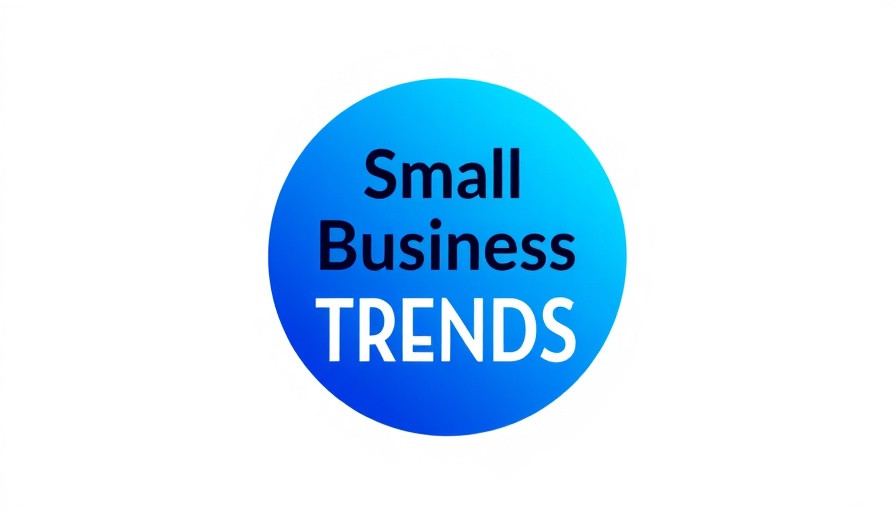
Understanding the Importance of a Strong Brand Voice
A solid brand voice is crucial for tech-driven enterprises seeking rapid recognition. Early adopters and tech enthusiasts typically gravitate towards brands that reflect their values and aspirations. Crafting a voice that resonates requires understanding your target audience’s preferences and behaviors. For example, a friendly yet authoritative tone may appeal to individuals interested in innovative technology, while a more technical tone may attract seasoned professionals.
Achieving consistency in your brand voice across various channels amplifies recognition and trust. In the fast-paced world of technology, where countless brands compete for attention, being relatable and authentic helps separate you from the noise. By refining your brand voice, you’re not just communicating – you’re creating connections.
The Role of Quality Content in Building Brand Reputation
In a technology-laden world, consumers are inundated with information, making it essential for brands to produce high-quality content that stands out. This involves curating material that is not only insightful but also visually engaging. According to recent studies, informative blog posts can dramatically increase user retention rates and enhance brand loyalty. For instance, incorporating interactive elements like AI-generated infographics can effectively draw in tech-savvy audiences, fostering a community around your brand.
The key is to ensure that your content aligns with not only your brand voice but also the interests and pain points of your audience. By addressing specific challenges faced by tech enthusiasts, your brand can reinforce its relevance and reliability.
Leveraging Social Proof in the Age of Advanced Technology
In today's digital environment, social proof has become a potent tool in enhancing brand credibility. Showcasing testimonials and case studies from satisfied clients can significantly influence purchasing decisions, especially among early adopters who often seek validation before making investment decisions in technology. A study indicates that a significant percentage – around 79% – of consumers trust online reviews just as much as personal recommendations. Thus, highlighting authentic testimonials can build trust and encourage deeper connections with your audience.
Experimenting with Innovative Approaches
Innovation is at the heart of technology, and your branding strategy should reflect that dynamism. Consider implementing AI tools that automate content generation or video production, allowing for more efficient turnaround times while maintaining high-quality standards. For instance, using AI for creating blogs or videos not only saves time but can also drive engagement with interactive content that resonates with the tech community.
Furthermore, by experimenting with emerging trends like AI marketing strategies, your brand remains relevant and forward-thinking, appealing to those who are always on the lookout for the latest advancements.
Crafting a Cohesive Brand Experience
Ensuring consistency across all channels strengthens recognition and fosters loyalty. From your website to your social media profiles, maintaining uniform visual elements and messaging is crucial. Envision each piece of content as part of a larger puzzle; when put together, they should create a clear image that resonates with your audience. Branded content that delivers a professional and polished experience can significantly improve user trust and satisfaction, particularly in a domain as competitive as technology.
Conclusion: The Emerging Dynamics of Branding
The landscape of branding in the tech sector is continuously evolving, and keeping up requires a strategic approach that prioritizes authenticity, quality content, and innovation. It's not just about having a brand; it's about having a brand that communicates effectively with its audience and demonstrates expertise in its field. As technology continues to advance, embracing these elements will be crucial for brands aiming to thrive in an increasingly complex marketplace. So why wait? Start refining your branding strategy today!



Write A Comment